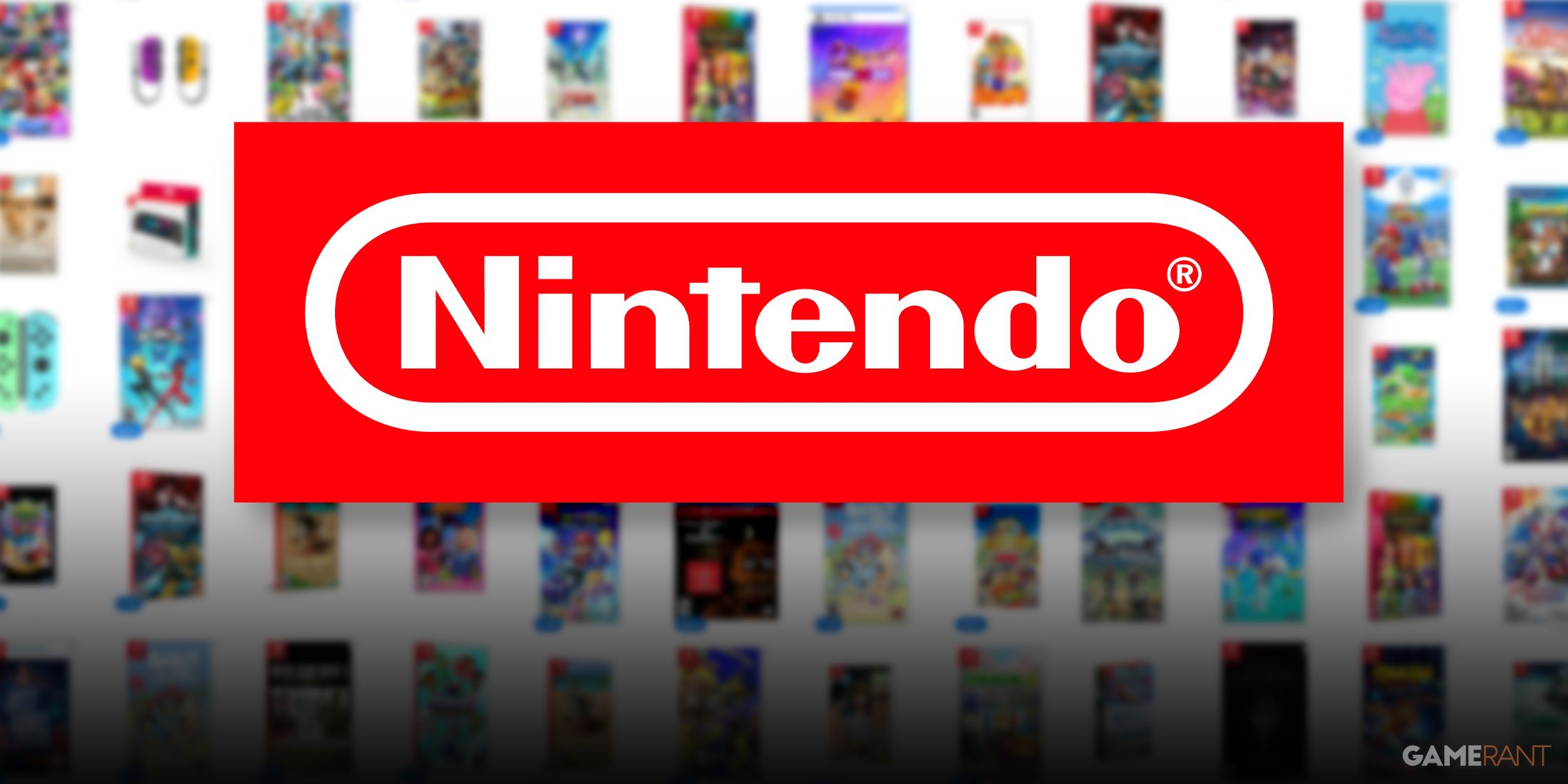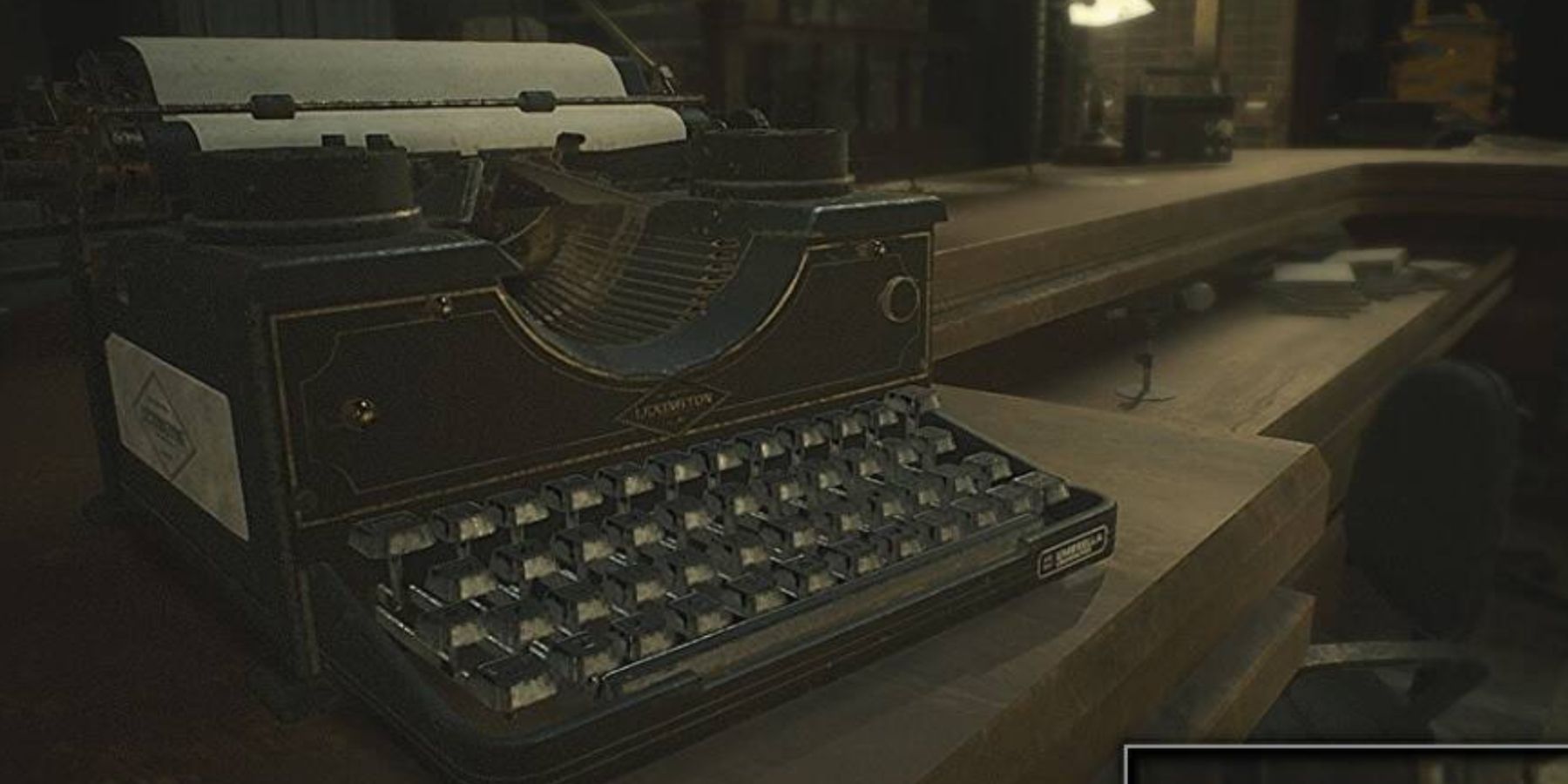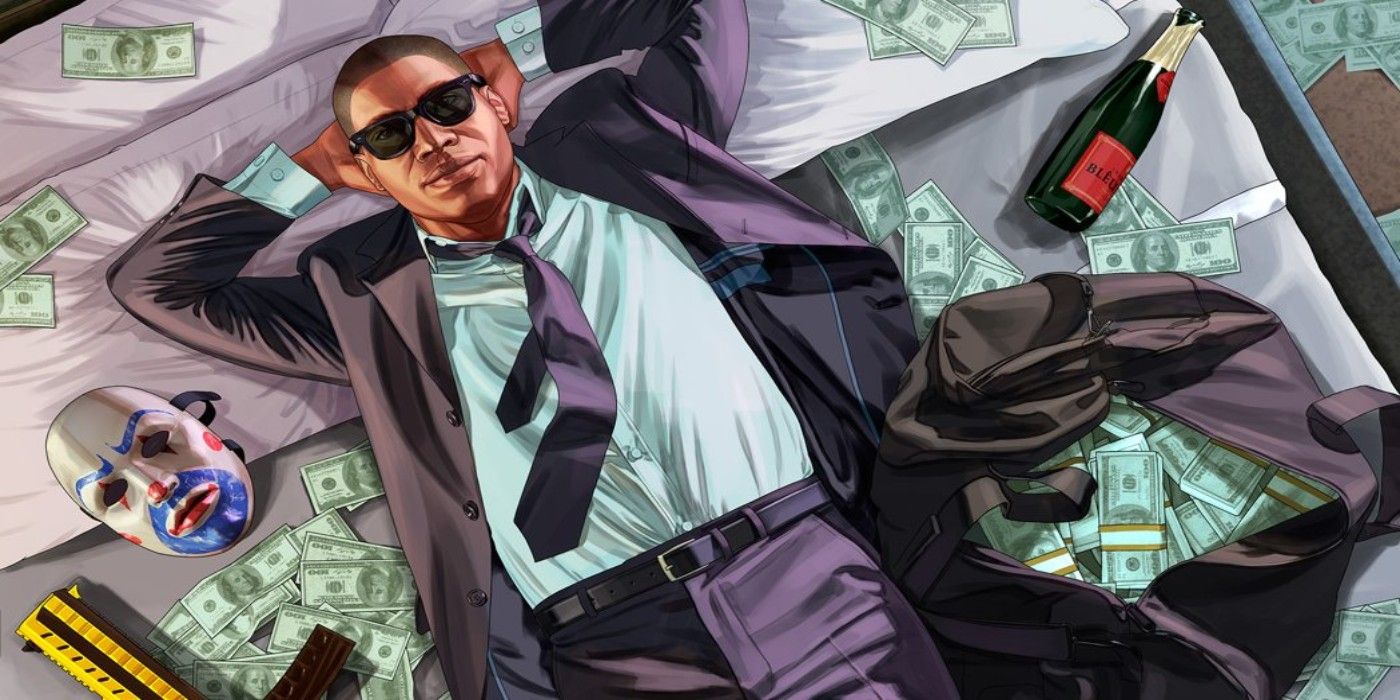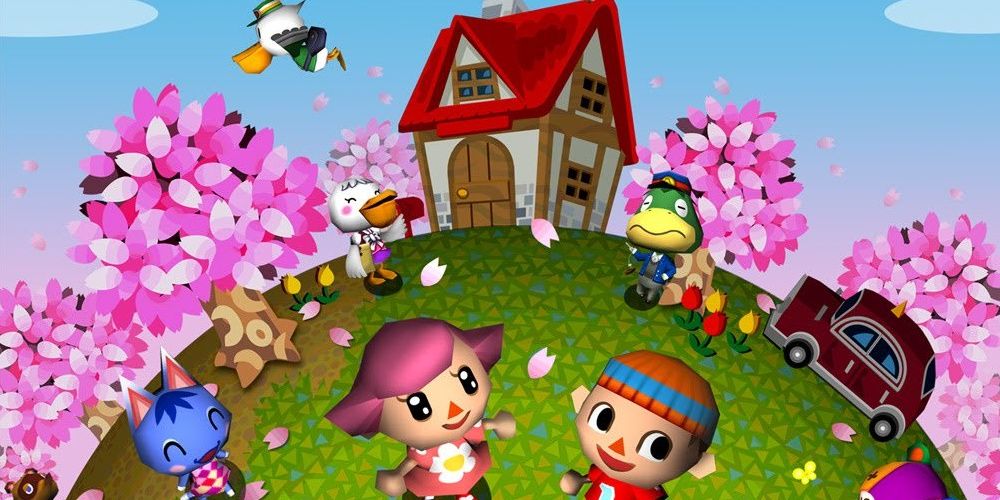Realism and immersion are two terms often associated with the modern era of gaming. With the monumental leaps in technology between the early console generations, immersion and realism quickly became the main goal for many games during the 7th console generation. Many games tried to make their experience more realistic through grounded lighting effects, weighty combat mechanics, and realistic audio, and while this led to some pretty similar-looking titles for a while, this element of realism has stuck around still today, and the 'Justified save point' gaming trope has stayed with it.
The 'Justified save point' trope doesn't belong to just one particular gaming genre, instead, it's used across the industry in a variety of different ways. But while its implementation across the industry can be quite diverse, its purpose is always the same, to keep the player immersed in the game's world, even while saving the game and logging out.
The Justified Save Point Gaming Trope Explained
Every piece of media, whether it's a book, movie, TV show, piece of theater, or video game, requires the audience to suspend their disbelief, and accept that what they're seeing can't quite be a 100% realistic portrayal. However, the video game industry employs a variety of different techniques in order to keep its games as realistic as possible. One of these techniques is the 'Justified save point' trope.
While the act of saving is inherently a pretty big break from reality, many modern games attempt to justify it by providing some key pieces of context. Rather than old methods of saving, where the player would simply click on a menu icon or run into a save point in the overworld, these games use a real-world activity to explain away the act of saving. Whether it's reflecting on their adventure while staring into a mirror, or taking time out to meditate, it's not just a simple save button.
The Best Examples of the Justified Save Point Trope in Gaming
One of the simplest, and oldest examples of the 'Justified save point' trope in gaming can be found throughout the Resident Evil franchise. Starting with the very first game in the franchise, Resident Evil will often make players save their progress by using one of the typewriters dotted around the game's world. These typewriters can usually be found in fairly realistic places, like an office or study, and in earlier entries in the franchise players even had to use Ink Ribbons to save their progress.
The Grand Theft Auto franchise also has a fairly simple example of the 'Justified save point' trope. Beginning with Grand Theft Auto 3, players would save their progress by visiting their apartment. After saving, the player-character would head inside, and when the player returned, the character would leave their apartment six in-game hours later, presumably after having a little sleep.
The Animal Crossing series has a very similar version of this trope, with some iterations, such as Animal Crossing: Wild World, requiring the player to save their progress by returning to their house and getting into bed. If the player hasn't logged in for over a week, then the player-character's hair will look bedraggled, as if they'd spent the whole time in bed.
Prince of Persia: The Sands of Time has one of the more unique takes on the 'Justified save point' trope. The whole game is framed as if the Prince is telling the player a story, and when the player saves at specific locations, the Prince remarks "I'll start the story from here next time," further feeding into that unique narrative framing device.






